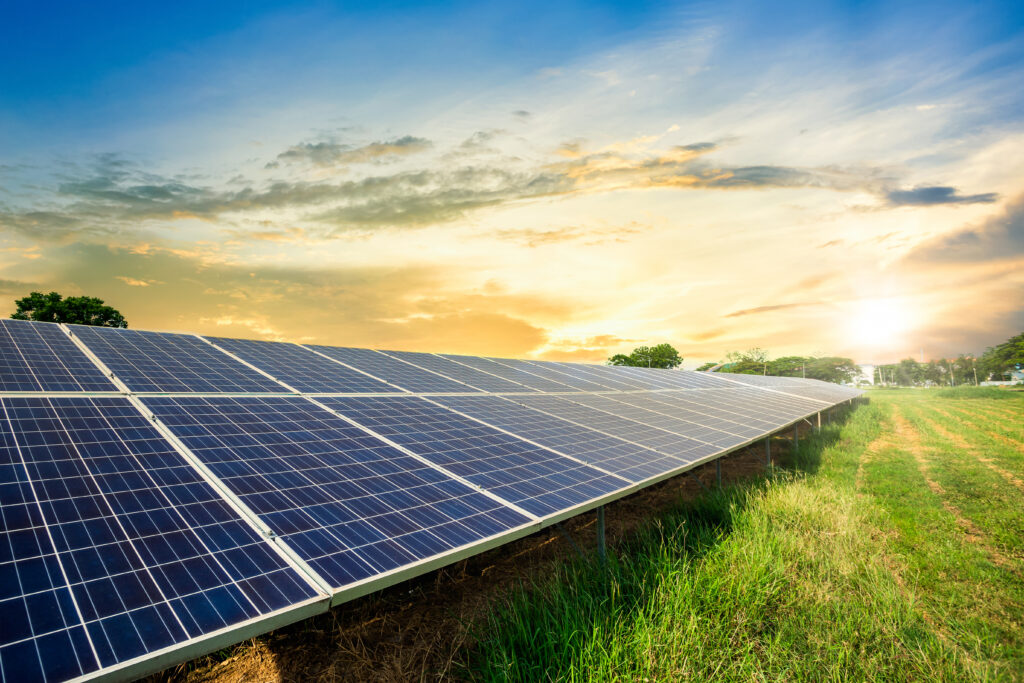- 085 876 8753
- Dublin Road, Dundalk, Co Louth, Ireland
In recent years, the decline in global bee populations has sparked concerns among environmentalists, scientists, and the general public alike. Bees, crucial pollinators for many of the world’s crops and ecosystems, face numerous threats, including habitat loss, pesticide exposure, and climate change. However, amidst these challenges, an unexpected ally has emerged in the form of solar panels.
1. Providing Habitat and Shelter
One of the lesser-known benefits of solar panels is their ability to provide habitat and shelter for bees. Solar farms and installations often feature large open spaces underneath the panels, creating ideal environments for native bee species. These spaces mimic the natural habitats that bees seek out, offering protection from predators and extreme weather conditions.
2. Supporting Biodiversity
Solar panel installations can promote biodiversity by creating green spaces that attract a variety of plant and insect species, including bees. Many solar developers incorporate native vegetation around their installations, including wildflowers and other bee-friendly plants. These plants provide essential food sources for bees and support overall ecosystem health.

3. Minimizing Agricultural Impact
The use of solar energy helps reduce our reliance on fossil fuels, which contribute to climate change and habitat destruction. By harnessing the power of the sun, solar panels help mitigate the environmental impacts associated with traditional energy sources, including the use of pesticides and herbicides in agriculture. This, in turn, helps create safer environments for bees and other pollinators.
4. Encouraging Sustainable Practices
The integration of solar panels into agricultural landscapes can encourage sustainable land management practices. Farmers and landowners who lease their land for solar installations may also adopt bee-friendly farming practices, such as reducing pesticide use and planting pollinator-friendly crops. These collaborative efforts between solar developers and local communities can have a positive ripple effect on bee populations and ecosystem health.
5. Research and Innovation
The intersection of solar energy and bee conservation continues to inspire research and innovation. Scientists are exploring ways to optimize solar panel designs to better accommodate bee habitats and studying the long-term impacts of solar installations on bee populations. Additionally, initiatives like the Solar Energy and Bees Research Project are shedding light on the relationship between solar farms and pollinator health.
In conclusion, the relationship between solar panels and bee conservation highlights the interconnectedness of environmental issues and the potential for innovative solutions. By leveraging renewable energy technologies and promoting sustainable practices, we can create a brighter future for both bees and humans alike.
Let’s continue to explore and support initiatives that harness the power of nature to protect our planet’s precious pollinators. Together, we can make a difference. 🌞🐝

